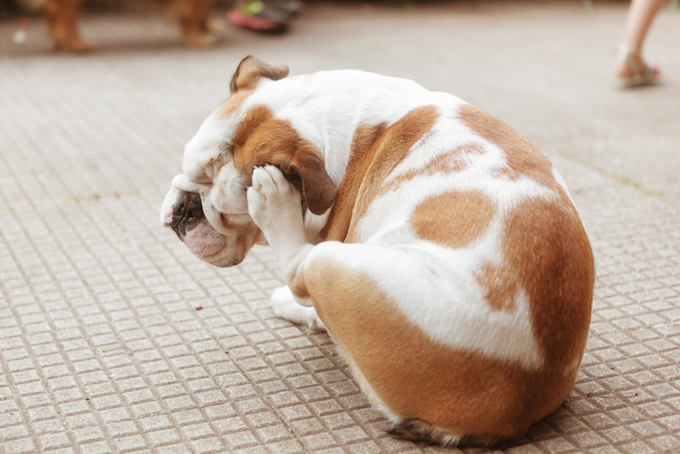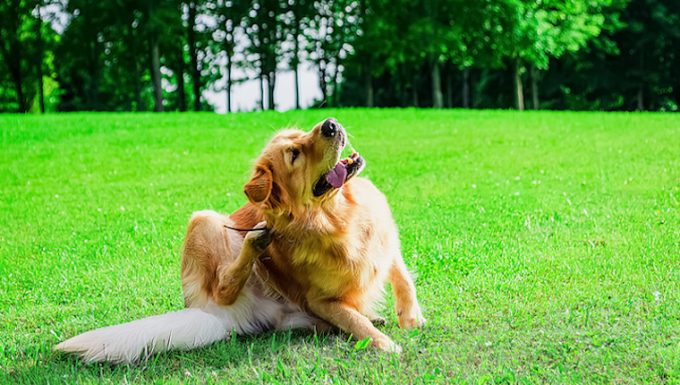Lice in dogs refers to a type of parasite. The condition happens when the parasites infect a dog and feed off their blood.
Thankfully, the condition is much less common than fleas. Although poor sanitary practices can cause the condition in dogs.
Technically, the condition is also known as canine pediculosis.
If you see the signs of the condition in your dog, then get to a veterinarian for a proper diagnosis and treatment.
Here’s what you should know about the symptoms, causes, and treatments for the condition.
Symptoms of Lice in Dogs
The condition produces a small range of symptoms. For instance, some of the most common symptoms include:
- Scratching
- Itching
- Loss of hair
- Anemia
- Dry coat
- Scruffy coat
Causes of Lice in Dogs

The cause of the condition is a parasite. Specifically, the condition is caused by the following parasites:
- Linognathus setosus (sucking louse)
- Trichodectes canis (chewing louse)
Generally, the condition is passed through direct contact or contaminated bedding and grooming tools.
Treatments for Lice in Dogs
Firstly, your vet will ask about your dog’s symptoms. Secondly, your vet will ask about any circumstances where your dog could have come into contact with lice.
Thirdly, a physical examination will be carried out. This will involve your vet physically looking for lice or eggs. The parasites have six legs and are flat.
Generally, the condition is treated with various shampoos and sprays. These products will kill the lice. Your vet will prescribe a safe product for your dog.
As always, if your vet prescribes your dog any medicine, make sure to stick to the correct dose and frequency instructions. Also, complete the full course of medicine.
Generally, many dogs have to be treated twice for the condition. This is to ensure any hatched lice are destroyed.
Additionally, make sure to clean and disinfect your dog’s bedding and grooming tools. Also, a regular grooming routine can help keep your dog’s coat in top shape and spot signs of the condition early.
Have you ever cared for a dog who suffered from this condition? How did your vet help your dog recover? Let us know in the comments section below.









